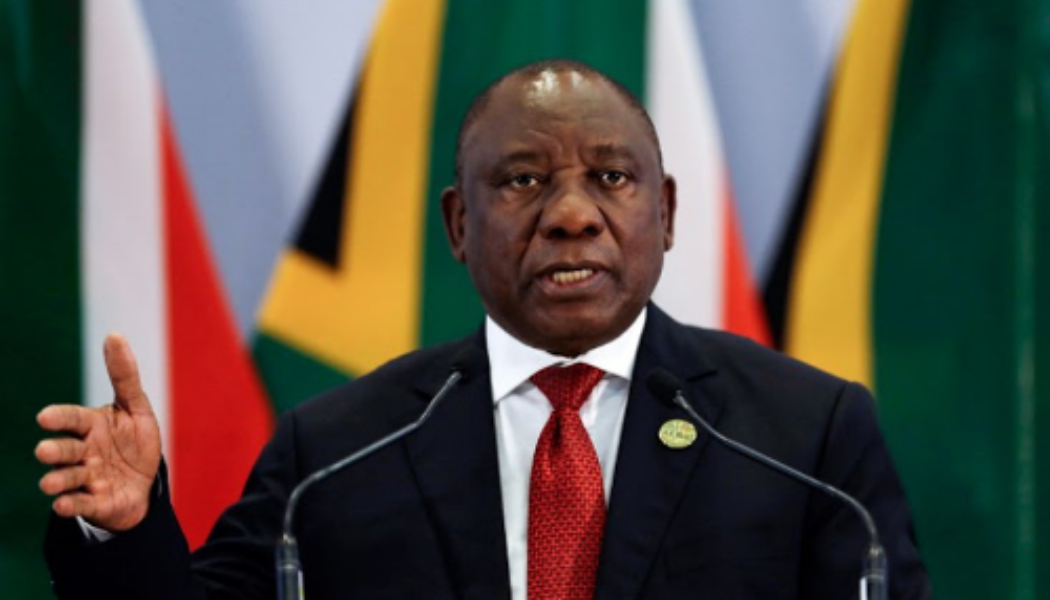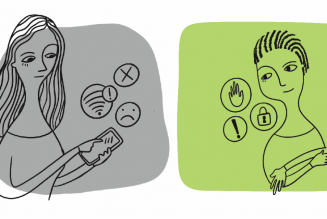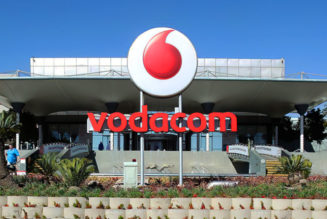/* custom css */
.tdi_4_c82.td-a-rec-img{ text-align: left; }.tdi_4_c82.td-a-rec-img img{ margin: 0 auto 0 0; }
South African President Cyril Ramaphosa has announced that the SA government will finally lift the threshold for embedded generating electricity capacity from 1 MW to 100 MW in South Africa. This move will allow private households and businesses to self-generate power on a larger scale.
Ramaphosa says that the increase in embedded generating capacity threshold is vital in creating new ambitious, bold and urgent responses to aid with the country’s ongoing energy crisis.
“We are today announcing a significant new step in further reforming our electricity sector towards achieving a stable and secure supply of energy,” the President says.
/* custom css */
.tdi_3_ce6.td-a-rec-img{ text-align: left; }.tdi_3_ce6.td-a-rec-img img{ margin: 0 auto 0 0; }
“The amended regulations will exempt generation projects up to 100MW from the NERSA licencing requirement, whether or not they are connected to the grid,” Ramaphosa continues.
Private Entities Given the Green Light
The relaxing of restrictions will remove significant investment obstacles in embedded power-generation projects and programmes.
“Generators will also be allowed to wheel electricity through the transmission grid, subject to wheeling charges and connection agreements with Eskom and relevant municipalities.”
The President has, however, said that private generation projects will still need to obtain permits from the government to connect to the national grid. A relaxing of restrictions in the threshold required for licencing has been recommended by energy analysts for years in South Africa.
SA Power Crisis Biggest Challenge for Economic Growth
“There is no doubt that the prospect of a continued energy shortfall and further load-shedding presents a massive risk to our economy,” he states, as the government identifies energy security as the most important enabler of economic growth.
Ramaphosa says that resolving South Africa’s energy crisis is the single most important objective in breathing life back into the country’s economic growth.
Eskom is reportedly working diligently at improving the performance of its existing ailing power station fleets, despite the challenges it continues to face.
“Incremental measures will not be sufficient to meet the scale of this challenge,” Ramaphosa says.
“This intervention reflects our determination to take the necessary action to achieve energy security and to reduce the impact of load-shedding on businesses and households across the country.”
“It also demonstrates our commitment as government to listen carefully to experts, to engage closely with our social partners, and to take on board new ideas to address our long-standing challenges,” Ramaphosa concludes.
By Luis Monzon
Follow Luis Monzon on Twitter
Follow IT News Africa on Twitter
/* custom css */
.tdi_5_50e.td-a-rec-img{ text-align: left; }.tdi_5_50e.td-a-rec-img img{ margin: 0 auto 0 0; }











